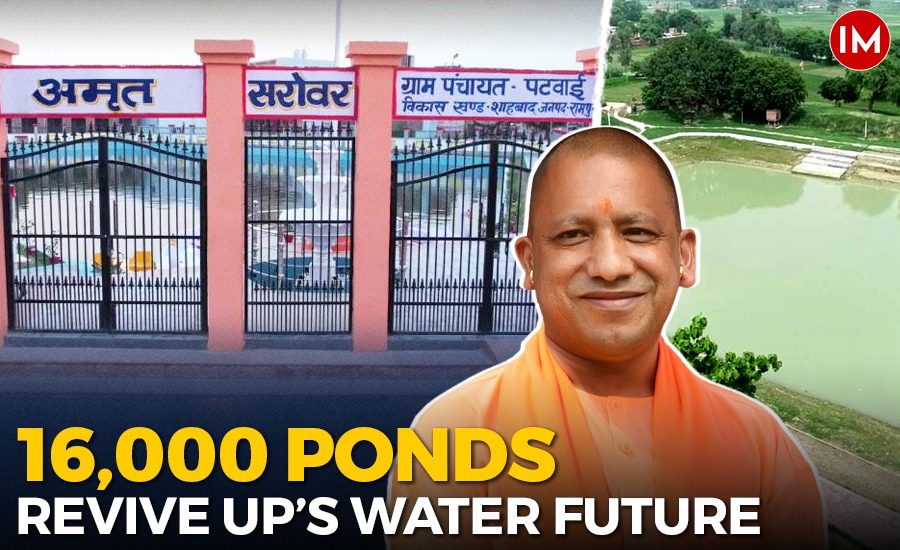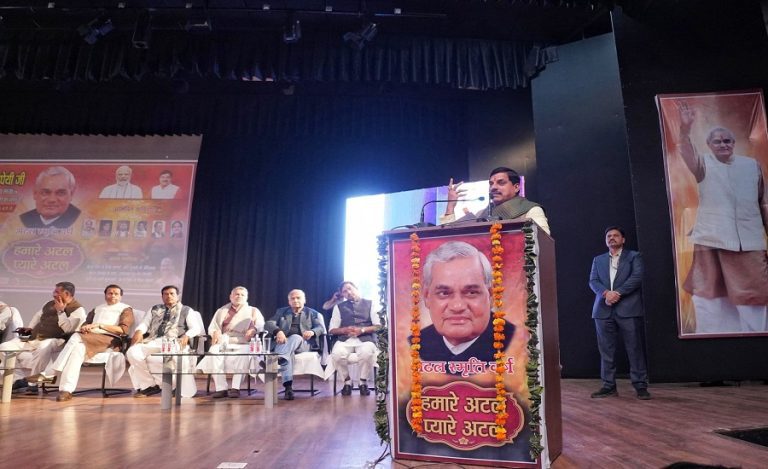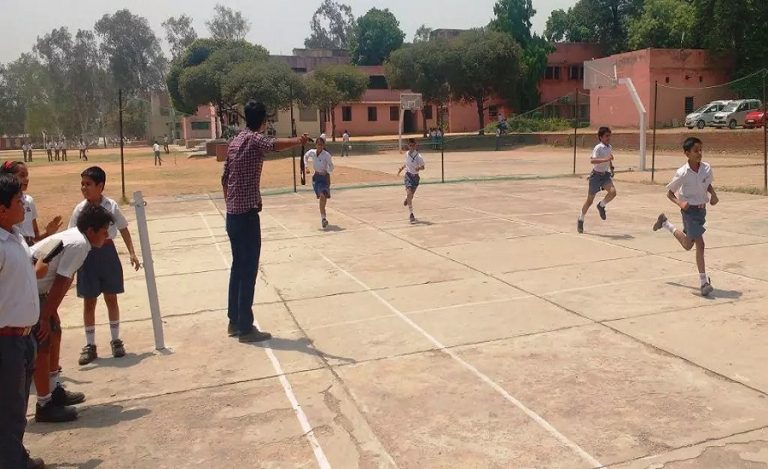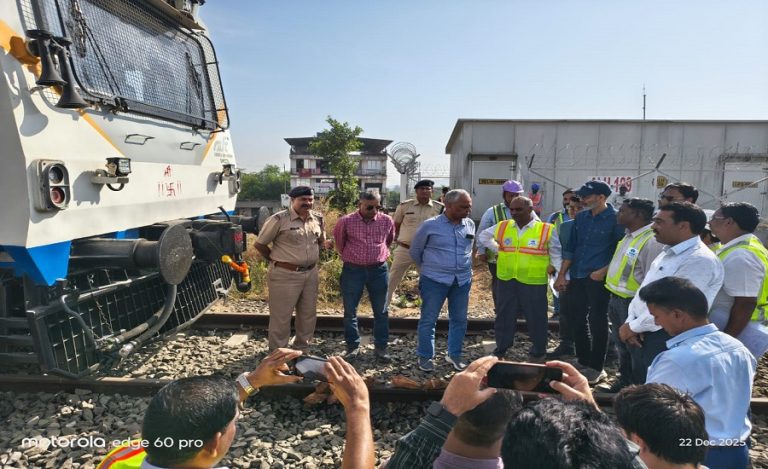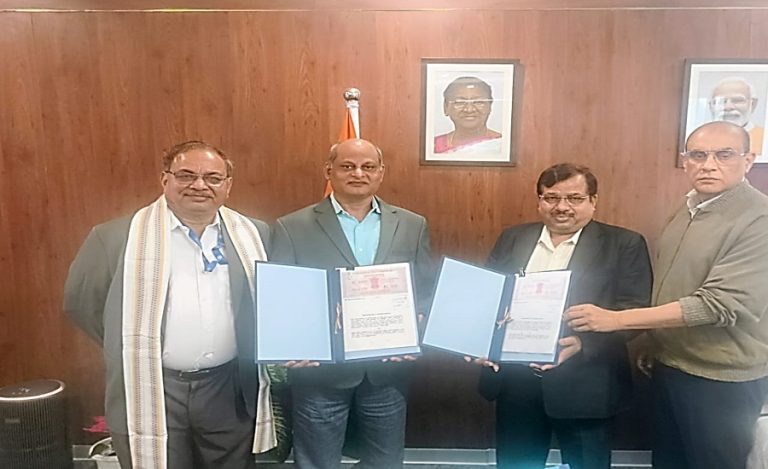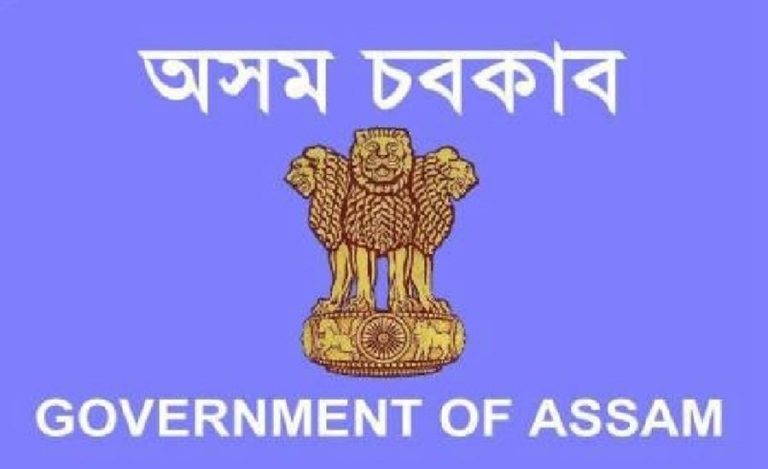In a time when many parts of India grapple with water scarcity, Uttar Pradesh has embarked on one of the most ambitious water revival missions in its history. Under the leadership of Chief Minister Yogi Adityanath, the state has built over 16,000 Amrit Sarovars and revived ponds and lakes that are breathing life back into rural communities, farmlands, and ecosystems.
Each Sarovar represents more than just a water body; it’s a symbol of renewal. Designed to capture rainwater, recharge groundwater, and rejuvenate local ecosystems, the project has turned water conservation into a true grassroots movement. Villagers, women’s groups, and local panchayats have become key drivers of this transformation, proving that the best water solutions often begin at the community level.
GORAKHPUR LEADS THE CHARGE
Gorakhpur district has emerged as a trailblazer in the Mission Amrit Sarovar campaign, constructing 735 ponds, the highest in the state. The effort doesn’t stop at digging or restoring ponds; it extends to cleaning old water bodies, removing encroachments, and beautifying the surroundings.
A local official leading the campaign in Gorakhpur shared, “What we’re seeing is a complete change in mindset. These ponds are no longer neglected patches of land; they’ve become the heart of our villages again.”
Following Gorakhpur, districts like Maharajganj, Prayagraj, Azamgarh, and Barabanki have also taken impressive strides, showing that the mission’s impact is both wide and deep across Uttar Pradesh.
WATER AND LIVELIHOOD
The success of the Amrit Sarovar initiative goes beyond water conservation; it’s creating livelihoods. From excavation to maintenance and beautification, women have taken an active role. In several villages, self-help groups are engaged in pond maintenance, plantation drives, and even fish farming, turning these water bodies into sources of income.
The true power of this campaign lies in how it empowers people, especially women, to be custodians of their natural resources.
The revival of ponds has led to increased groundwater recharge, improved irrigation access, and better resilience during dry months. Farmers now have more reliable water for crops, while many ponds have become small hubs of local biodiversity.
THE RIVER REVIVAL VISION
Complementing the Amrit Sarovar initiative is another bold step, the revival of 75 rivers and tributaries across Uttar Pradesh. This marks the state’s first integrated, technology-driven river rejuvenation mission.
Ten departments and four premier institutions, such as IIT Kanpur, IIT BHU, IIT Roorkee, and BBAU Lucknow, are collaborating to design river-specific strategies using ecological, hydrological, and social studies. Remote-sensing tools, drone mapping, and satellite technology are being deployed to monitor alignment, depth, and flow patterns, starting with rivers like the Budhi Rapti in Shravasti.
To ensure transparency and accountability, divisional monitoring committees led by commissioners and district Ganga committees with community participation oversee the execution on the ground.
GREENING THE WATERWAYS
The water revival efforts are paired with massive greening drives. During this year’s Van Mahotsav, the government initiated the plantation of nearly 3.5 crore saplings along major rivers, including 9.6 million along the Yamuna, 5.48 million along the Ganga, and over 5 million along the Betwa. This green belt, covering more than 21,000 hectares, is designed to stabilise riverbanks, enhance groundwater recharge, and create natural carbon sinks.
These combined efforts of pond restoration and river greening are not only rejuvenating water resources but also transforming the environmental fabric of the state.
TECHNOLOGY MEETS TRADITION
What makes the UP model stand out is its fusion of traditional wisdom with modern technology. Ancient ponds and rivers, once lifelines of rural life, are being revived using advanced GIS mapping, drone surveys, and scientific water budgeting. Each Sarovar is geotagged for real-time tracking, ensuring transparency and long-term monitoring.
This integration of data and local participation is setting a new benchmark for large-scale environmental governance.
CHALLENGES AND THE ROAD AHEAD
While the progress is remarkable, the challenge now lies in sustaining it. Maintaining these water bodies, preventing encroachments, and ensuring regular desilting will be crucial. Experts emphasise that continued community participation and awareness campaigns will determine whether the project remains vibrant in the long run.
Another challenge is to ensure that these revived ponds and rivers integrate effectively into the agricultural system, supporting irrigation, fisheries, and micro-ecotourism initiatives that can sustain local livelihoods.
REDEFINING WATER STEWARDSHIP
The Mission Amrit Sarovar and the state’s river revival campaign together mark a turning point in how India’s largest state approaches water management. They represent a shift from reactive crisis management to proactive ecological planning.
As Chief Minister Yogi Adityanath remarked during a recent review meeting, “It is impossible to imagine life without water. Every drop saved today secures the future of our generations tomorrow.”
That future, in Uttar Pradesh, is now being shaped one pond, one river, and one community at a time. If sustained, this water revolution could become a model for the rest of India and a story of how local participation, smart planning, and political will can transform an entire ecosystem.

